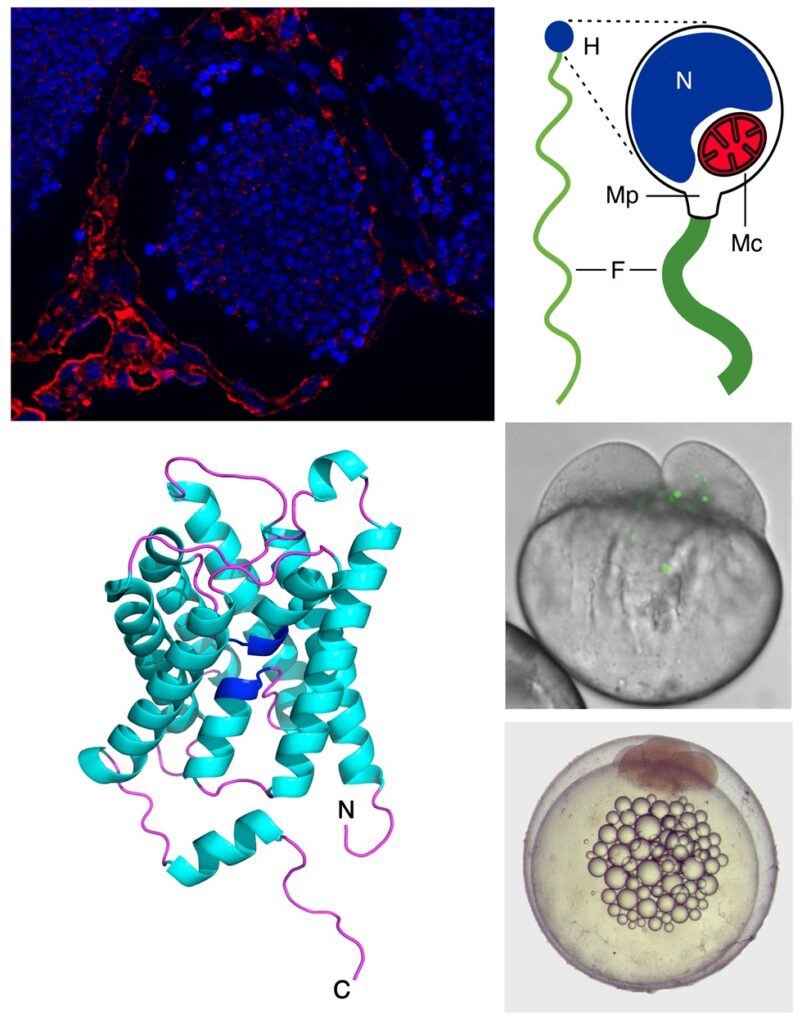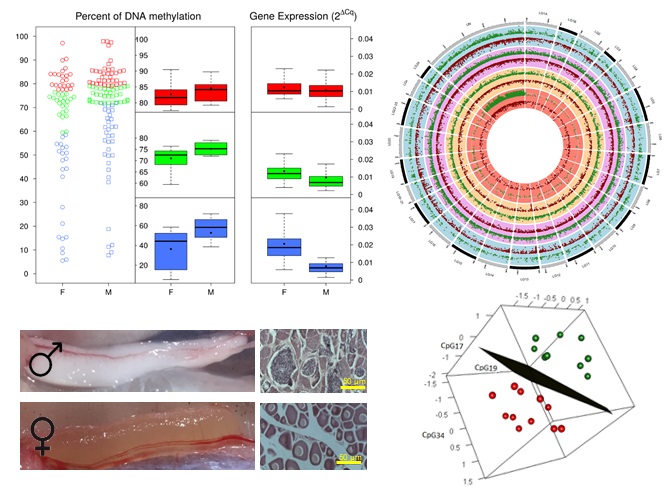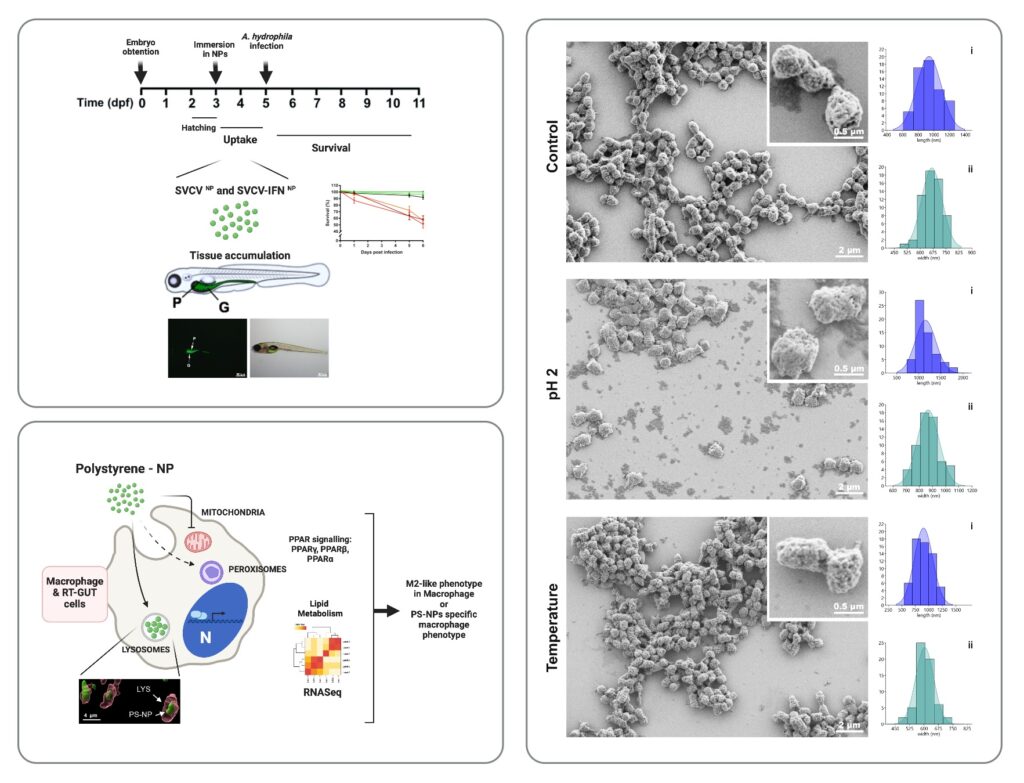
Molecular basis of fish spermiogenesis and novel biotechnologies for germ cell cryopreservation
Our objective is to uncover key molecular and endocrine regulatory mechanisms of spermiogenesis that are vital for fish fertility. This includes the differentiation and maturation of spermatozoa, combining traditional physiological approaches with transcriptomics, epigenomics, and chromosome conformation capture sequencing (Hi-C). The research will identify novel biomarkers of sperm quality and will contribute to the development of biotechnologies for the in vitro production of fertile sperm in fish. In addition, we continue our work towards the development of novel biotechnological methods for the cryopreservation of highly yolked (megalecithal) fish and amphibian oocytes and embryos using our recent discovery of a novel protein trafficking domain (patent pending), which will be employed to engineer molecules to facilitate transient desiccation- and freeze-tolerance. The cryopreservation of eggs and embryos from oviparous vertebrates is critical for aquaculture and conservation biology since species producing megalecithal gametes and embryos (fish, amphibians, reptiles and birds) represent ~99% of the world’s vulnerable or endangered vertebrates.

Fish sexual development and environmental epigenetics
We study the genetic, epigenetic and environmental influences that govern the process of sex determination and differentiation in fish. This process ultimately determines population sex ratio, a key demographic ecological parameter. The outcomes of this knowledge are the basis for the development of sex control protocols for aquaculture and conservation biology. We also study the intrinsic and extrinsic influences on the establishment, inheritance and reprogramming of epigenetic marks in fish. We are interested in epigenetic mechanisms operating during early development that regulate genes important for traits of interest. The aim is to develop epigenetic markers associated with a given phenotype in response to specific and changing environmental conditions. Finally, we the selective forces that explain the incidence, distribution and evolutionary transitions among the major sexual systems found in fish, namely, gonochorism (or separate sexes) and the different forms of hermaphroditism. The ultimate goal is to understand how the distribution of the sexual systems correlates with the main abiotic factors in a global change scenario.

Host-pathogen interactions and nanobiotechnlogy
Our research interests are broadly focused on the characterization of the immune response in teleosts and how it is modulated by environmental cues and antropogenic contaminants.
During the last 5-6 years we focused our research to industry-oriented challenges designing prophylactic tools for aquatic organisms. We are specially proud of our novel and transversal vaccination platform based on recycling the waste products of recombinant protein production to manufacture nanostructured highly resistant subunit vaccines, suitable to be extruded in food pellets.
Antimicrobial drugs and synthetic vaccines
The group is also working in the development and application of physics and statistics-based computational approaches for the identification of new antimicrobial targets and antigens in pathogens of interest. On the vaccine side, this is complemented with the design of appropriate scaffolds and delivery systems.